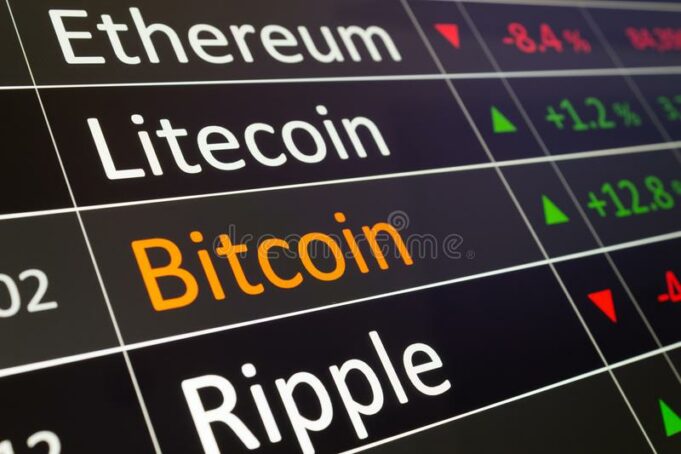The Bitcoin block reward event is a significant event in the world of cryptocurrency, and it affects miners in particular. In this article, we will explore what the Bitcoin block reward event is, how it affects miners, and what miners can do to prepare for it.
What is the Bitcoin block reward event?
The Bitcoin block reward event, also known as the halving, is a pre-programmed event that occurs every four years. It is a mechanism that reduces the rate at which new bitcoins are created and distributed to miners. The halving occurs after every 210,000 blocks have been mined, which typically takes around four years.
When the Bitcoin network was launched in 2009, the block reward was 50 bitcoins per block. In 2012, the first halving event occurred, reducing the reward to 25 bitcoins per block. In 2016, the second halving event occurred, reducing the reward to 12.5 bitcoins per block. The next halving event is expected to occur in May 2020, reducing the reward to 6.25 bitcoins per block.
How does the Bitcoin block reward event affect miners?
Miners are an essential part of the Bitcoin network. They are responsible for verifying transactions and adding them to the blockchain in exchange for newly minted bitcoins. When the block reward is reduced, miners receive fewer bitcoins for their efforts, which can have a significant impact on their profitability.
The reduction in the block reward means that miners will need to work harder to earn the same amount of bitcoins they were earning before the halving. This could lead to a decrease in the number of miners on the network, as some may find it unprofitable to continue mining. This, in turn, could lead to an increase in the time it takes to verify transactions and add them to the blockchain.
However, some experts believe that the halving could lead to an increase in the price of bitcoin, which could offset the reduction in the block reward. The theory is that as the supply of new bitcoins decreases, the demand for bitcoins could increase, leading to an increase in price. This could result in miners earning more in bitcoin terms, despite the reduction in the block reward.
What can miners do to prepare for the Bitcoin block reward event?
Miners can take several steps to prepare for the Bitcoin block reward event. One of the most important things they can do is to ensure that their equipment is up to date and running efficiently. This can help to reduce their energy costs and increase their chances of earning a profit.
Miners can also consider joining a mining pool. Mining pools are groups of miners who work together to mine bitcoins and share the rewards. By joining a mining pool, miners can increase their chances of earning a steady stream of bitcoins, even if the block reward is reduced.
Miners can also consider diversifying their mining operations. In addition to mining bitcoins, they can also mine other cryptocurrencies that may be more profitable. By diversifying their operations, miners can reduce their risk and increase their chances of earning a profit.
Conclusion
The Bitcoin block reward event is a significant event in the world of cryptocurrency, and it affects miners in particular. The reduction in the block reward means that miners will need to work harder to earn the same amount of bitcoins they were earning before the halving. However, some experts believe that the halving could lead to an increase in the price of bitcoin, which could offset the reduction in the block reward.
Miners can take several steps to prepare for the Bitcoin block reward event, including ensuring that their equipment is up to date and running efficiently, joining a mining pool, and diversifying their mining operations. By taking these steps, miners can increase their chances of earning a profit and thriving in the world of cryptocurrency.

























